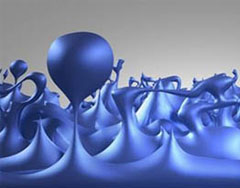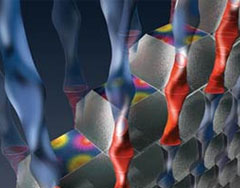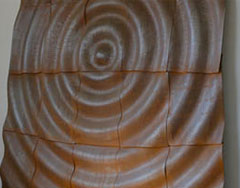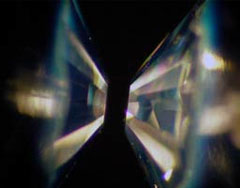Research in the Dutton group is focused on controlling functional materials and it covers aspects of condensed matter physics with strong links to both chemistry and materials science. We focus on the preparation and characterisation of a wide range of materials from complex metal oxides insulators to hybrid inorganic-organic semiconductors for a variety of applications including:
i) established technologies such as Li-ion batteries,
ii) emerging technologies including magnetocalorics, and hybrid photovoltaics,
iii) exploratory work with potential technological applications, for example Mg-ion batteries, low dimensional ferroelectrics, and magnetricity.
Through understanding the role of the composition, crystal structure and resulting electronic structure on the physical properties we explore the operating and failure mechanisms of materials and ultimately optimise performance.
New Electrodes for Rechargeable Batteries
The commercialisation of Li-ion batteries by Sony in the 1990s enabled the explosion in the use of small portable electronics. However extension to higher power or larger systems has been restricted by limitations on the component materials, most notably the positive electrode. In our research we employ a number of strategies to search for new materials, these include forming metastable materials through low temperature reactions, making complex derivatives of known electrode materials and targeted searches for new materials. By focusing on new materials and carrying out comprehensive investigations into the structural and electrochemical properties our aim is to both expand the range of candidate electrode materials and to understand the mechanisms of ion transport and failure in battery systems.
Lanthanide Oxides for Solid State Magnetic Cooling
Current low temperature applications are primarily associated with scientific research; however superconducting magnets in magnetic resonance imaging (MRI) scanners and other medical applications also require cooling to low temperatures. The most common way to cool to 2 K is through the use of helium gas, however this is becoming increasingly scarce and alternative cooling methods must be explored. Magnetic cooling uses the magnetocaloric effect to change the entropy in the system and reduce the temperature. At low temperatures the limit of cooling is given by magnetic ordering temperature. Typically salts with dilute magnetic lattices to supress the magnetic ordering are used, allowing for cooling to low temperatures, T < 100mK. Rather than using a dilute magnetic system an alternative way to suppress the ordering transition of a magnetic material is through geometric magnetic frustration. For lanthanide ions, Ln3+, where the Weiss temperature is already small the magnetic ordering transition can be suppressed to very low temperatures. Complex oxides containing frustrated Ln3+ ions have a much greater concentration of magnetic ions than the dilute magnetic salts; greater chemical stability allows for ease of handle and ultimately an extension of the product lifetime. Their versatility allows for a wide range of accessible chemical compositions and the use of chemical manipulation to tune the properties.












